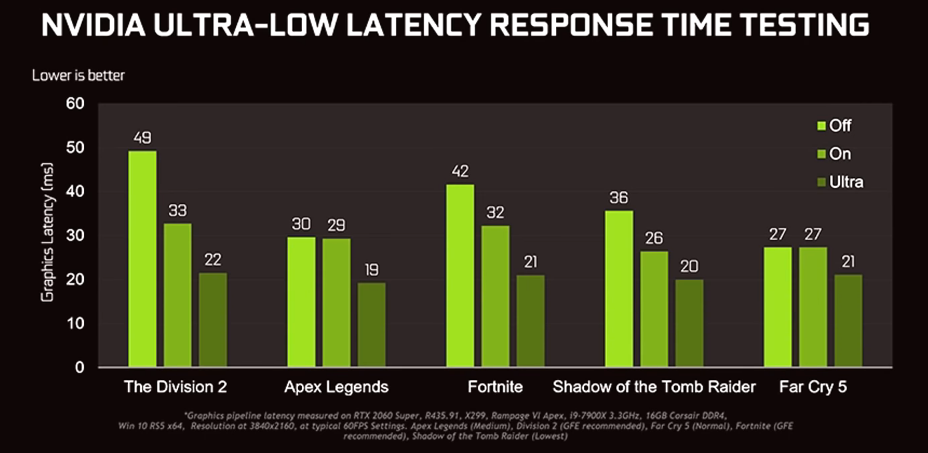On August 20th, NVIDIA revolutionized gaming technology with the beta release of its “Ultra-Low Latency Mode,” aimed at significantly reducing input lag—a common concern among gamers. Input lag refers to the delay between a command input via peripherals, like a keyboard or mouse, and the response displayed on the screen. This new feature from NVIDIA promises to enhance responsiveness, offering a smoother and more immersive gaming experience.
Understanding Input Lag and Its Impact on Gaming
Before delving into NVIDIA’s latest innovation, it’s crucial to understand what input lag is and why it matters. Input lag is the time it takes for a keypress or mouse click to result in a visible action on a gamer’s monitor. High input lag can disrupt gameplay, especially in fast-paced gaming scenarios, as it delays the feedback players receive after executing an action. This can be particularly detrimental in competitive gaming, where every millisecond counts.
If you are Fortnite player and want to improve further gaming experience then download and use AlphaRes. It set custom Resolution for fortnite.
NVIDIA’s Ultra-Low Latency Mode: A Game Changer?
NVIDIA’s new “Ultra-Low Latency Mode” is designed to minimize this delay, purportedly cutting down input lag by up to 33%. This reduction is achieved by optimizing how the CPU queues frames to the GPU, allowing the GPU to process frames just in time for display, rather than queueing them in advance.

How to Enable Ultra-Low Latency Mode
To take advantage of this feature, users need to have NVIDIA drivers installed and follow these steps:
- Right-click on the desktop and select NVIDIA Control Panel.
- Navigate to Manage 3D settings on the left panel.
- Under the Global Settings tab, scroll down to Low Latency Mode and set it to Ultra.
Potential Drawbacks
While the benefits of reduced input lag are clear, there are potential drawbacks to consider. The Ultra-Low Latency Mode is highly CPU-intensive. This means that on systems with less powerful CPUs, or when running CPU-demanding games like Assassin’s Creed Odyssey, enabling this mode could lead to decreased frame rates and sporadic FPS spikes. These spikes can cause stuttering, which might negate the benefits of reduced input lag in some scenarios.
Implications for eSports
Despite these challenges, NVIDIA’s Ultra-Low Latency Mode is poised to set a new standard in eSports. By reducing input lag, players can improve their reaction times, potentially giving them an edge in competitive environments. However, it is essential for gamers to evaluate their hardware capabilities and game requirements before enabling this feature to avoid adverse effects.
Conclusion
NVIDIA’s introduction of the Ultra-Low Latency Mode could significantly impact the gaming industry, particularly in the competitive sphere. By understanding the benefits and potential issues associated with this feature, gamers can make informed decisions to optimize their setup for the best possible performance. As with any new technology, adaptation and optimization will be key as both hardware and software developers continue to refine their offerings to meet the evolving needs of the gaming community.
